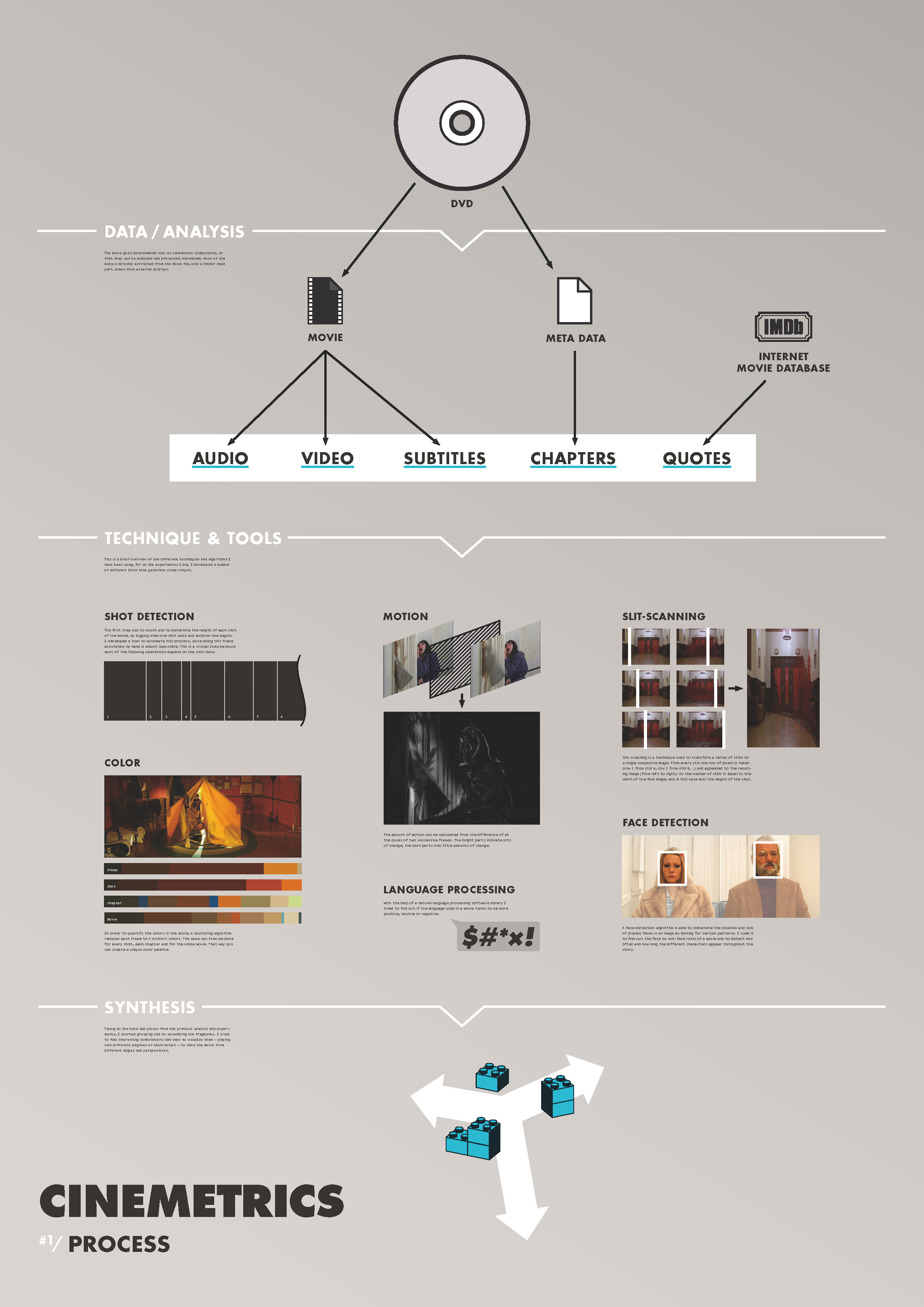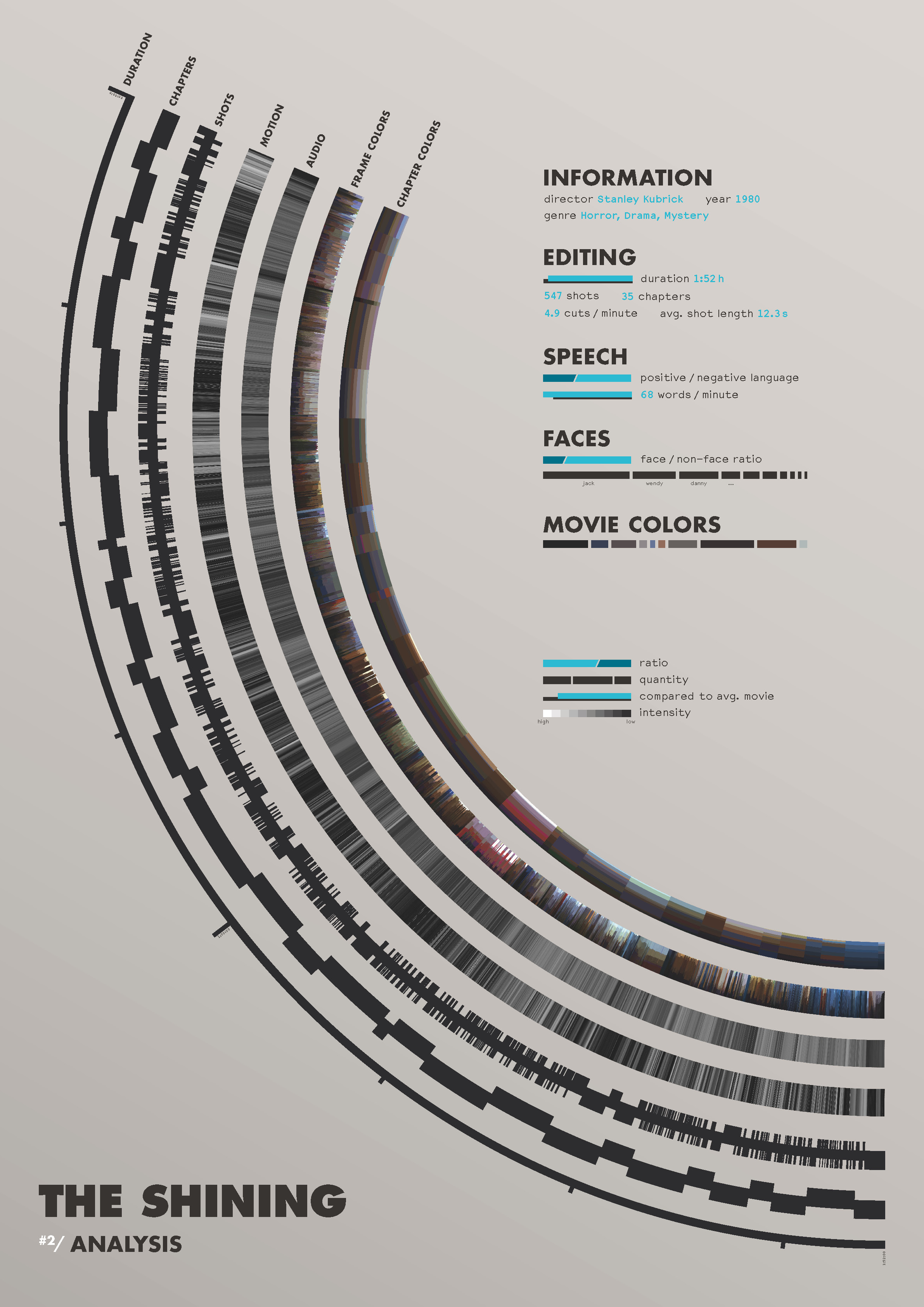1. From Stan Allen's Practice p.72 – “The same Taylorizing impulse at work in early modernism – the elimination of obsolete and inefficient work methods - is still visible today.” Allen is talking about the expenditure for and implementation of computer aided design systems in design and production due to gains in speed and productivity. Do you think hand drawn renderings have/will become obsolete or inefficient?
2. On p73 Allen states, “Specifically this would imply understanding the computer not in utopian terms (turning away from matter and reality), but in more pragmatic terms: articulating a more complex interplay of the real and the virtual.” In the movie 'Surrogates' people live out their lives through clone-like robots, experiencing the real through a virtual presence. Would you appreciate the safety of this kind of presence or would you find that too great a detachment from reality?
Digital Materiality
3. p79. “..it is worthwhile to think about extending the instrumental capacities of the computer to the world of things. ...in architecture, the computer gets much more interesting at the moment it is hooked up to any device that allows it to produce something other than image.” - a printer that produces drawings or contract documents, a machine that cuts material (or even a 'smart building'). This reminds me of McCloud's view that we are pulled into the identity of a cartoon. Would you then consider the computer to be an extension of yourself? - “I created those documents, I cut those boards.”
The City as information Landscape
4. on p81 Allen states, “The Nolli map records the texture of a city that has grown organically over time. ...it is merely a snapshot of an end state.” & “In recent urban thinking...an alternative tendency has emerged: to rethink the city as an 'information landscape'.” And on p82 he states, “- artificially growing the city over time – is one model for the integration of the capacities of the computer in urban design work.” I would argue that we also need to artificially shrink the city over time or at least adhere to demographic shifts (the city center, more hospitals, less single family housing, schools, etc). What is your opinion? from p.83 “Rethinking the city as an information landscape, and taking full advantage of the computer's capacity to model change over time, is proposed here as a provisional and experimental starting point.”
The Digital Complex – Ten Years Later
5. We have gone from the 1980's, (p84) “a time when real access to computer technology was still out of reach for most experimental designers to, (p86) “No longer seduced by its formal effects nor intimidated by its difficulty.” Is this true for you? It seems that our comfort with technology relies on either our coming to understand its processes and actually applying it or on whether or not we've grown up with it in our every day use. Do you find anything 'unsettling' about technology?
6. Allen compares 'Monster,Inc' with 'Waking Life'. Is it more important for an animated movie to portray reality through actions: movement, sound, expression, or through scenes: nature, objects, people? What about a designers computer renderings or virtual walk through? Do we want a client to just experience how the plan is laid out, or do we want them to see rich colors and experience texture?

